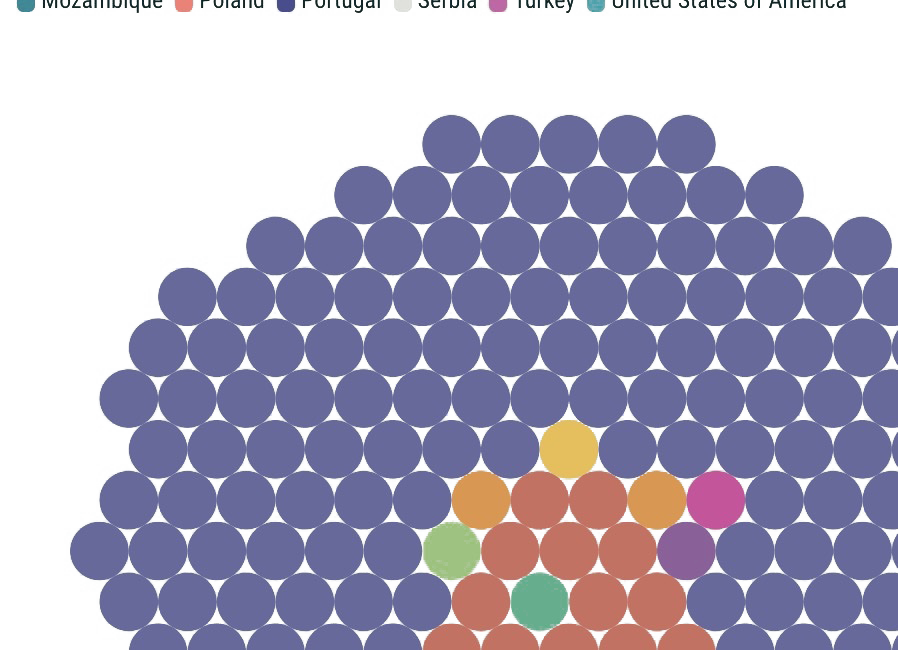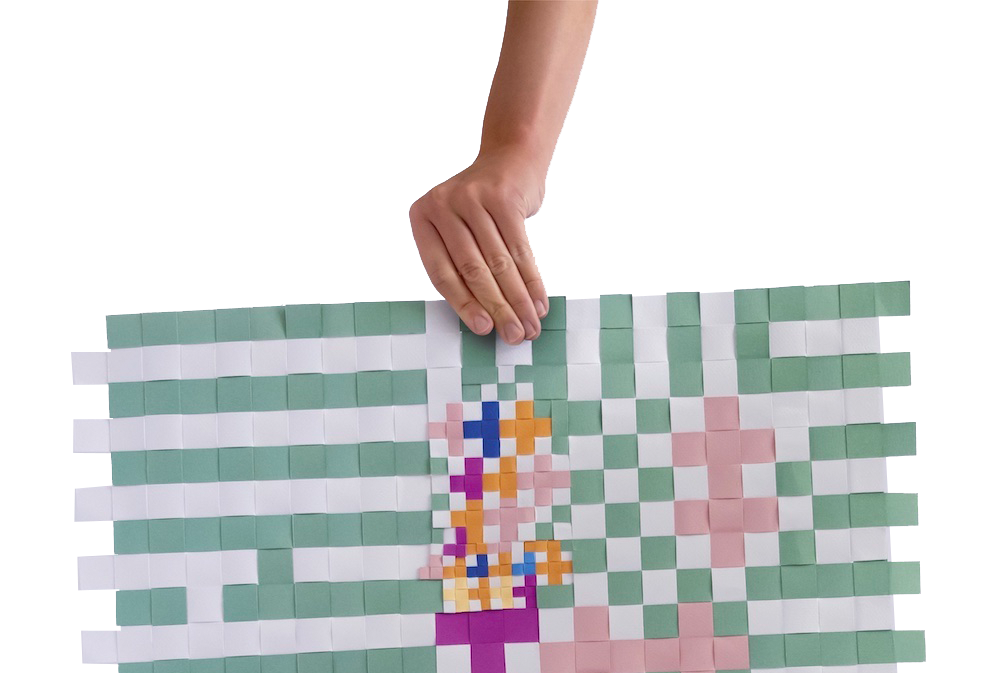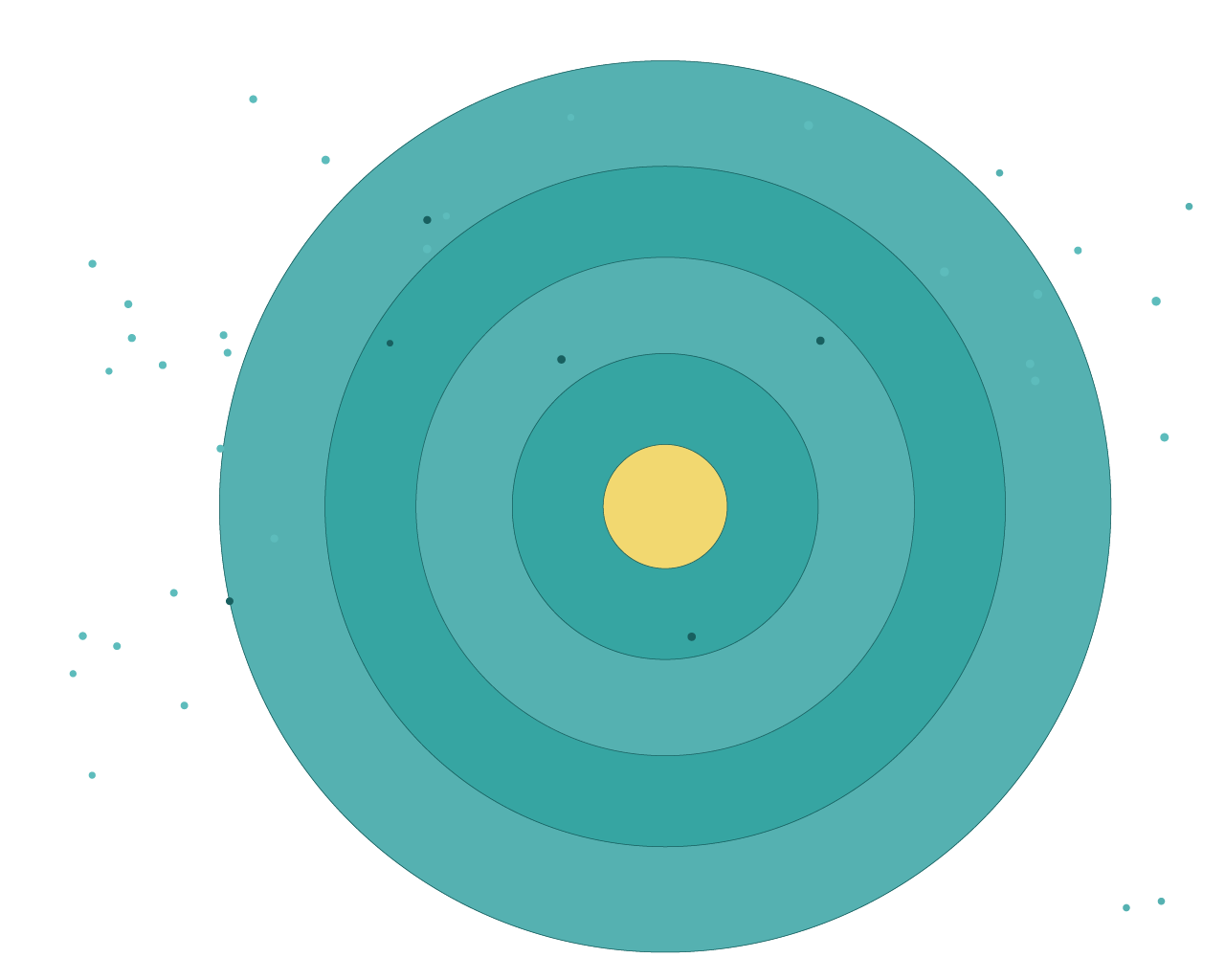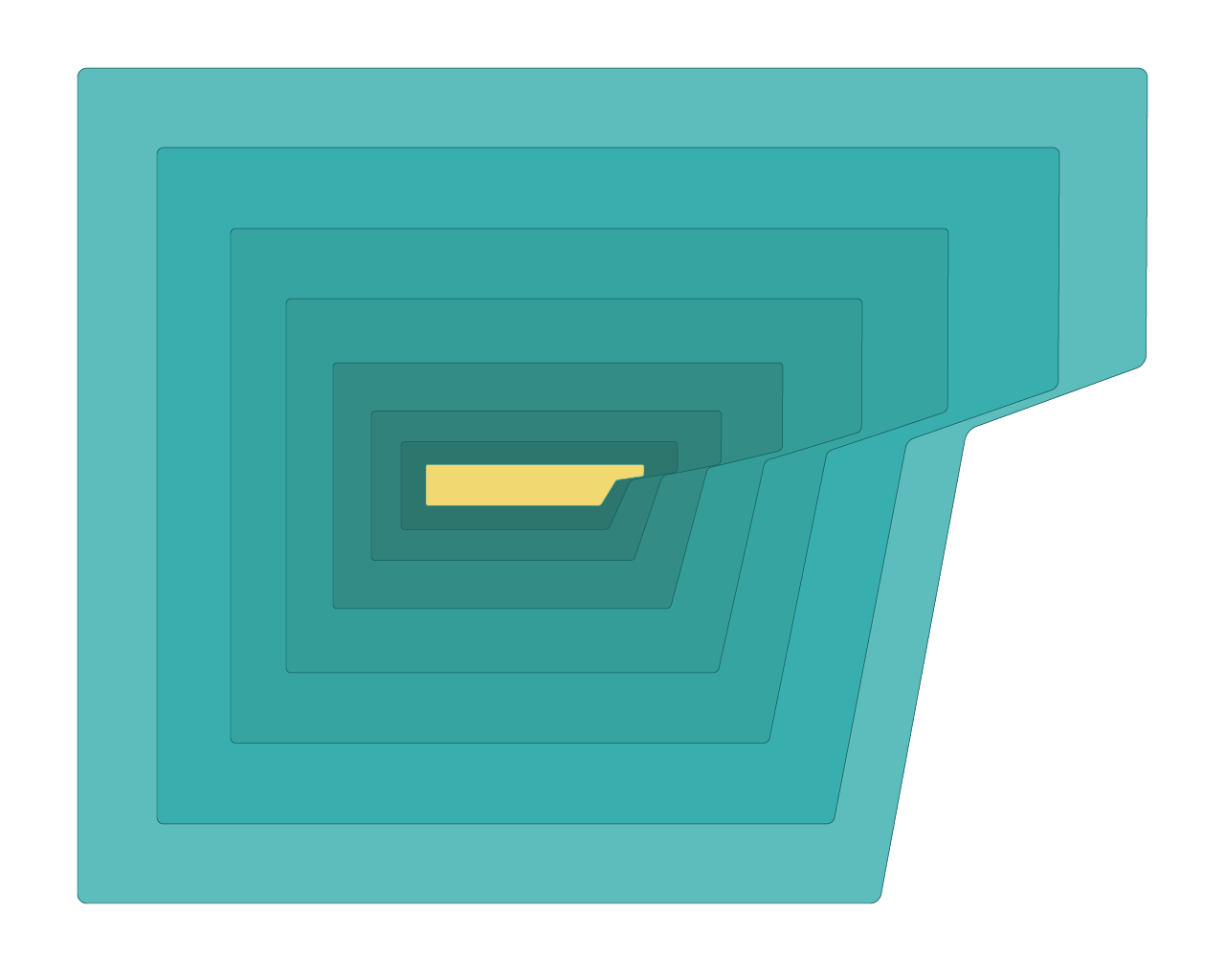As Design is gaining traction globally different observation models were developed to map the Design landscape. However, the application of these models in contexts with a slower maturation of Design culture and no institutional Design infrastructure can be difficult. With this challenge in mind, this paper presents a new distributed approach to support Design observation. It applies it to a case within the DesignOBS project - a project aiming to identify, map and interpret the Portuguese design landscape - and develops an online platform with the aim to create more efficient and engaging representations of Design practices and realities/contexts to multiple publics, including policymakers. The approach can benefit countries in a similar situation as Portugal, leveraging the participation of design actor- networks, encourage local initiatives, map the evolving Design landscape in collective manner, and hopefully constitute the supporting, resilient backbone to develop national Design policy.






